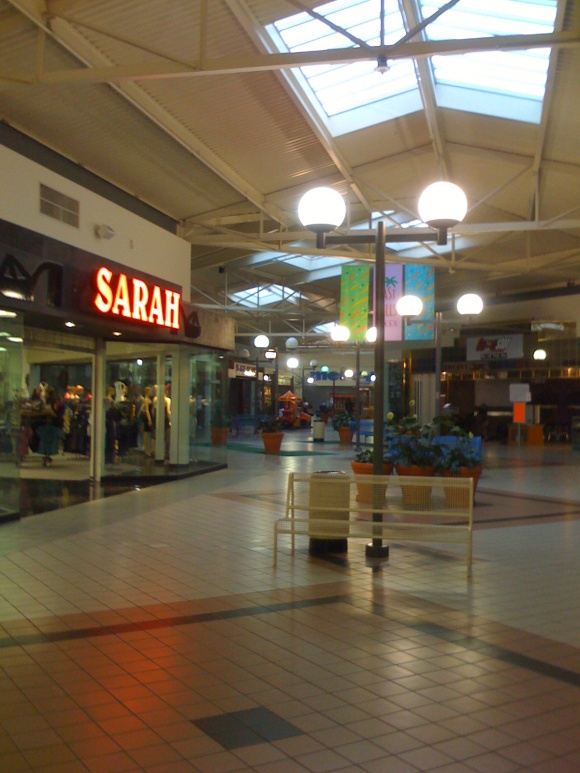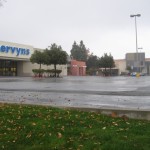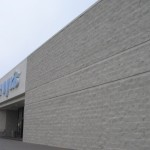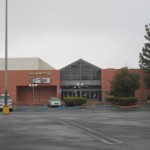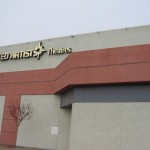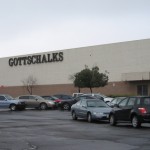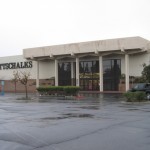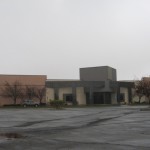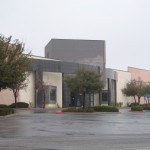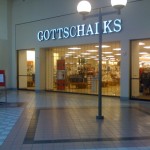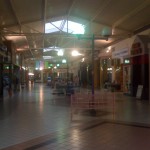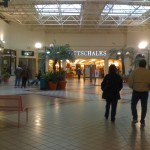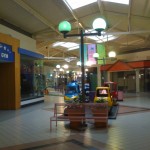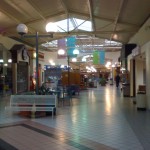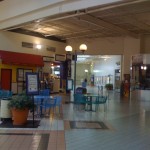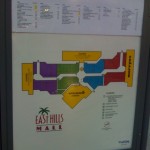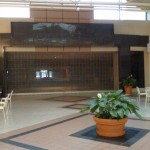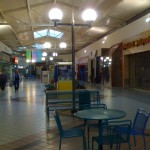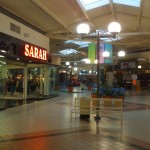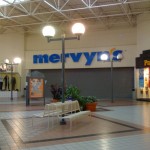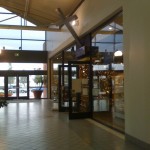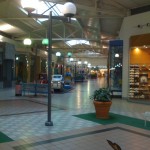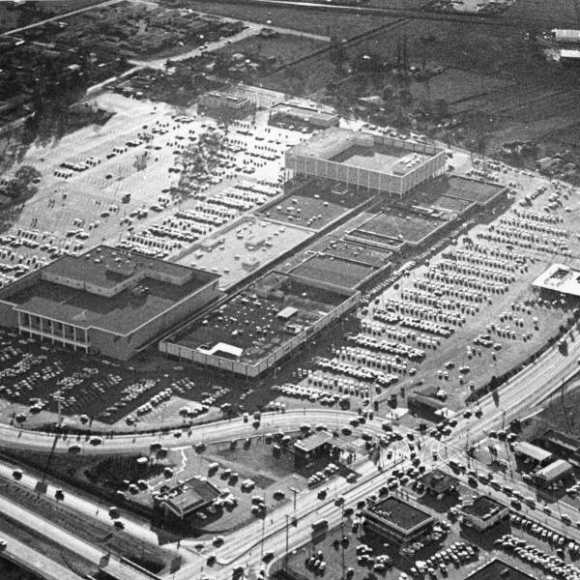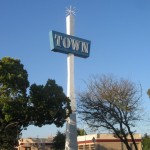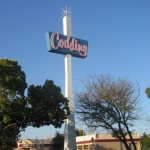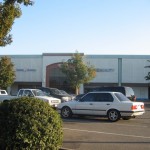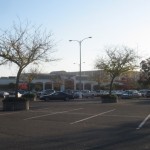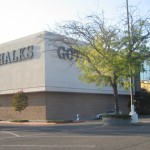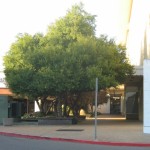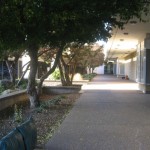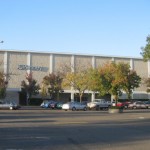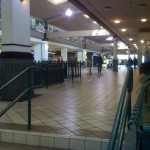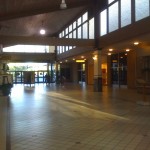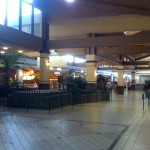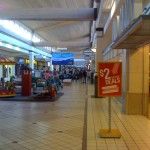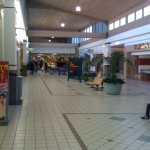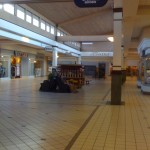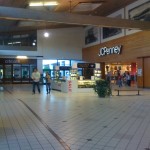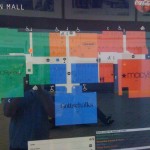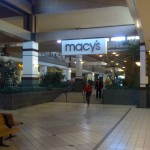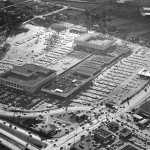We’ve covered hundreds of malls on this site, but only a few dozen of them have much of a personal connection. The Serramonte Center Mall in Daly City is one of those, since I currently live only about 4 miles away in San Francisco. I’ve learned a lot about the Bay Area in my 4 years living in the area, and this old gem of a mall (and the area its located in) both have an interesting back story.
Daly City, California, is a dense older suburb located immediately south of San Francisco proper at the extreme northern end of San Mateo County. Incorporated in 1911 and named for local rancher/land owner John Daly, Daly City was primarily a small farming and ranching community with a town center located along El Camino Real — the main old highway running north-south in California — until the late 1940s. That was when developer Henry Doelger, who had recently developed several large suburban-style housing tracts in the adjacent southwestern portions of San Francisco proper, built the Westlake subdivision just south of the city line, in Daly City. Westlake was one of the first large suburban-style planned communities in the US, built out with vaguely atomic-age monostylistic architecture, a charm that it has retained to this day. Westlake was also criticized–then and now–for its architectural blandness and boxy homes, and was the subject of Malvina Reynolds’ folk hit “Little Boxes,” a popular anti-conformity song in the 1960s and later the theme to Showtime’s TV series, “Weeds.”
Westlake itself was centered along John Daly Boulevard, and was a true “planned” community with a ring of single family homes, a cluster of multifamily apartment complexes, and a large retail mall at the center named Westlake Shopping Center (originally Westlake Town & Country Center). Opened in 1948, the open air mall was one of the oldest in the United States, and unlike many of the other malls around the Bay Area has never been enclosed. It’s still operating today, but as a more community-oriented, big box-anchored center.
The Serramonte Center Mall came later, and a few miles south. As the Bay Area continued to grow in the post-war era, development continued to sprawl southward from Westlake and a new set of developers, Fred and Carl Gellert, set to develop the Colma Hills and Serramonte Ridge area with a new set of homes in the early 1960s. Much like Westlake to the north, this development was set to be anchored by a large new suburban-style retail mall, but unlike Westlake the new mall would be fully enclosed. The center’s original anchor stores were Montgomery Ward, Macy’s, and Long’s Drugs and the mall was organized roughly in a “T” shape and located in the crux between two freeways: CA highway 1 (the famous Pacific Coast Highway, which had recently been re-routed and expanded to a controlled access freeway in this area) and interstate 280. The mall also saw a small expansion not long after opening, with a slightly expanded eastern wing and a new Mervyn’s California store as the final mall anchor.
Daly City has remained a largely midrange suburb in the decades since, with some significant and interesting demographic shifts coming along the years. Daly City is one of only a handful of US cities that is majority-Asian, and 33% of the city’s residents are Filipino, the highest percentage in the United States. Daly City proper has just over 100,000 people, and is the single largest city in San Mateo County, which occupies most of the peninsula south of San Francisco itself.
The mall remains successful as a middle-tier, 865,000, one-level center today. Montgomery Ward departed the center upon their bankruptcy in 2001, and were promptly replaced by Target, despite that Target already had another location across the street in neighboring Colma. Both Target stores continue to operate almost within sight of one another today. The mall began a renovation in 2007, which saw a modernization of the structure inside and out, replacing much of the interior with Asian-inspired rock, plant, and water features, including bamboo plantings and a koi pond. The mall’s Long’s store departed at a similar time, and the space remained vacant until 2011 when it was filled with a Crunch Fitness. Mervyn’s California departed when the chain closed in 2009; after sitting vacant for two years it was replaced with a small but modern JCPenney store which always featured the short-lived “red square” logo design. The original Macy’s store, still in operation today, retained its vintage signage until 2011 when it was sadly replaced with the modern Macy’s red star signage. Overall, the place is nearly always busy due to the midrange tenants like Target and H&M, and the surrounding sea of big box centers are extraordinarily successful due to the proximity to San Francisco, where land is too scarce and expensive (and political opposition to this type of development is too great) for many of these chains to operate.
I like the design of the Serramonte Center Mall a lot. The size and design reminds me a lot of the malls of my youth, with the high center court/significant water feature as a dominant focal point. The “Zen” renovations of 2007 and 2008 did nothing to ruin the mall, if anything this is one of the more faithful re-dos of a mall this type that I’ve seen. Serramonte also has a significant number of food options, ranging from a sizable food court to an outdoor promenade with fast casual options such as Andersen’s Bakery and Rubio’s and in-line traditional fast food restaurants like Burger King, McDonalds, and Taco Bell. There’s also legitimately decent pho–a rarity in a mall!–at the Pho Garden next to the food court.
The photos here were largely taken in spring of 2008, not long after I moved to the Bay Area, and as such you’ll notice a few things that have already changed. The Target Greatland signage is gone, and the Mervyn’s California is also (obviously) gone, plus I managed to get shots of the Macy’s before they removed the old signage. I did also go back and snap a few quick shots of the new JCPenney, just so you all could see the new lowercase “red square” logo that is unlikely to ever make it onto many of their stores.
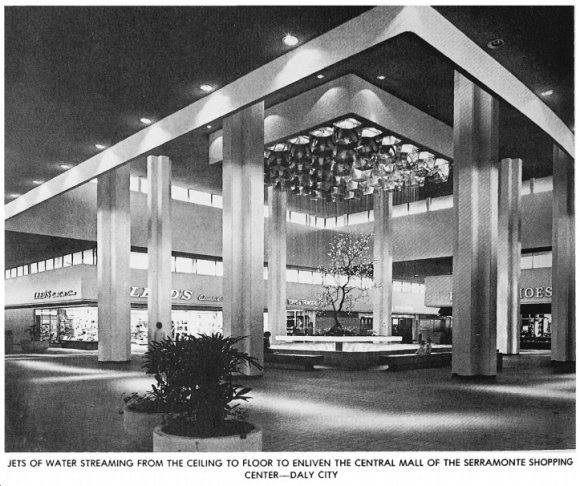

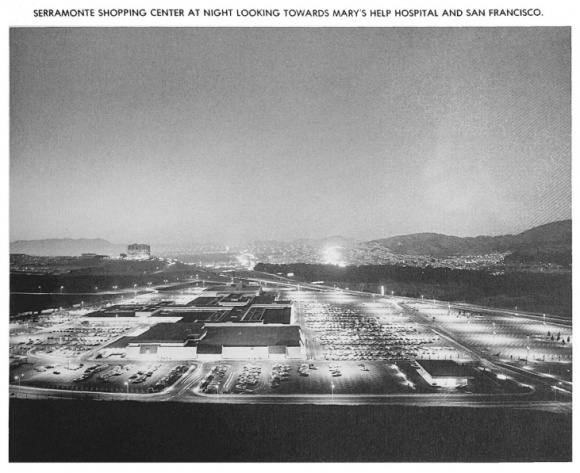

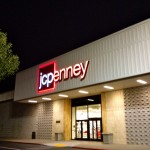
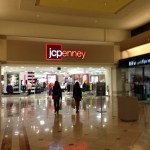
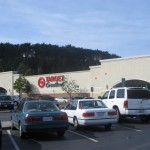
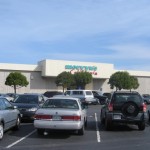
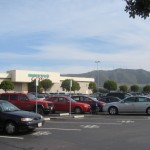
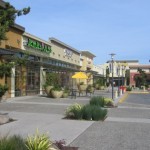
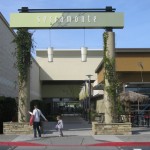
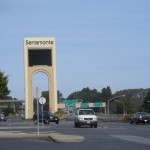
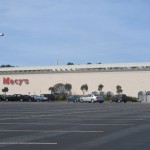
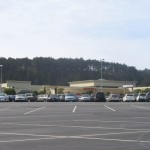
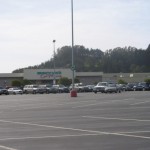
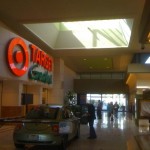
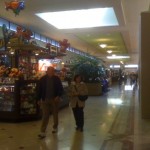
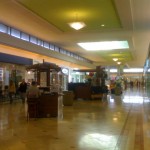
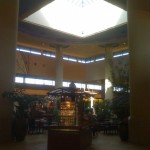
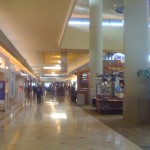
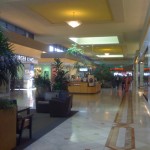
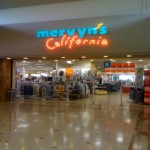
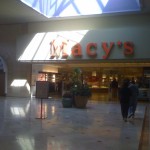
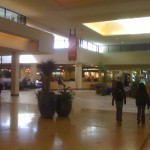
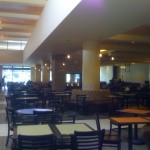
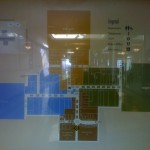
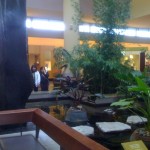
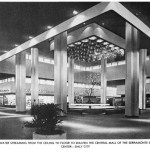
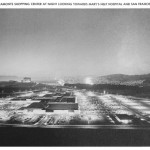
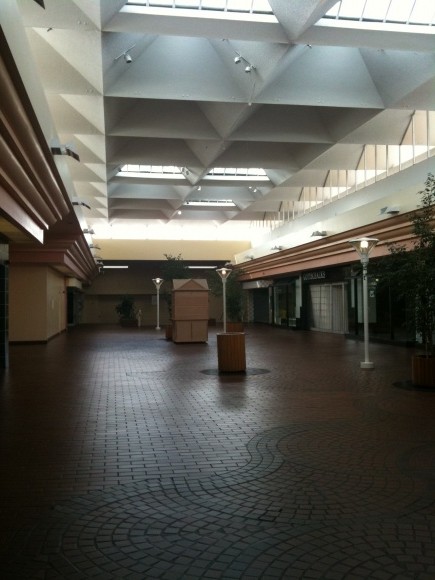

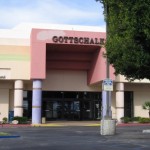
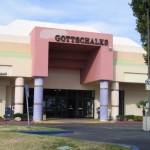
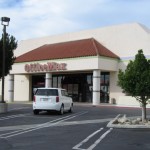
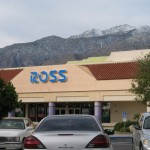
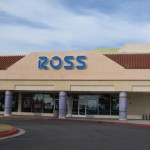
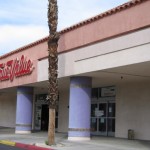
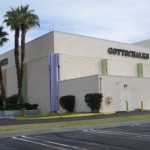
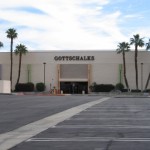
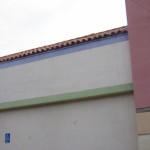
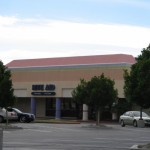
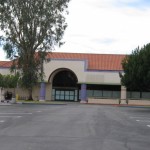
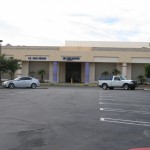
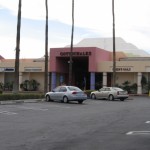
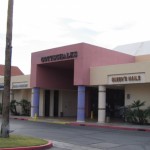
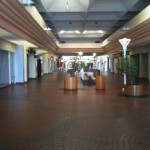
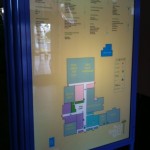
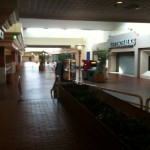
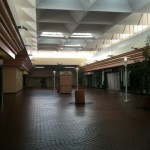
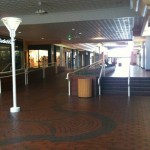
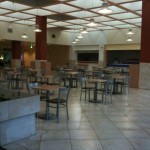
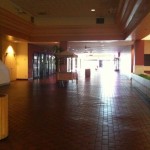
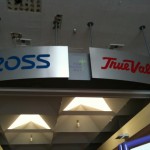
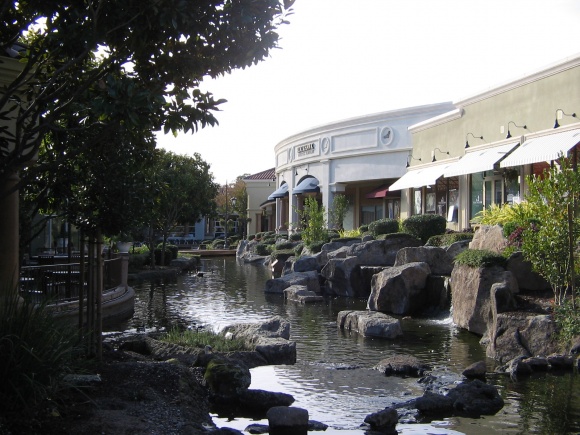

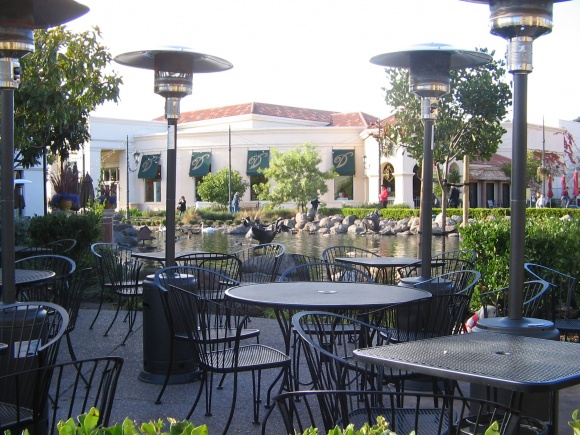
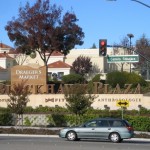
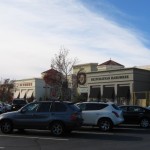
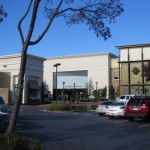
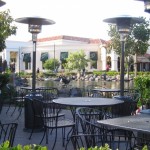
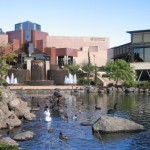
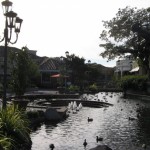
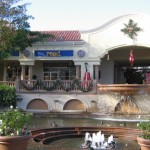
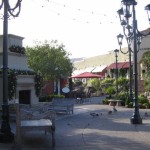
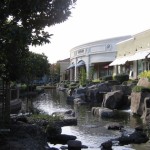
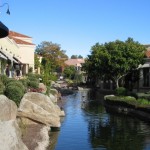
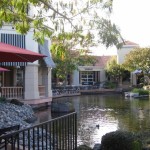
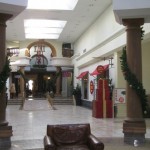
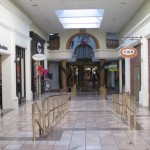

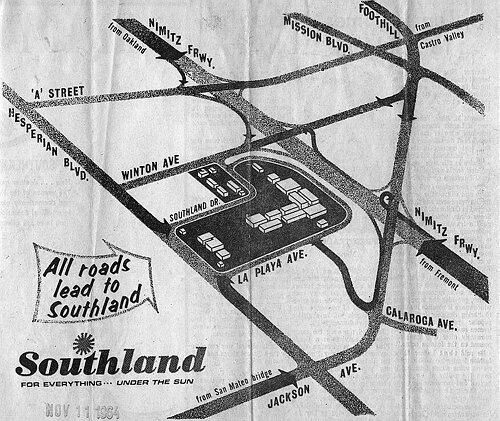
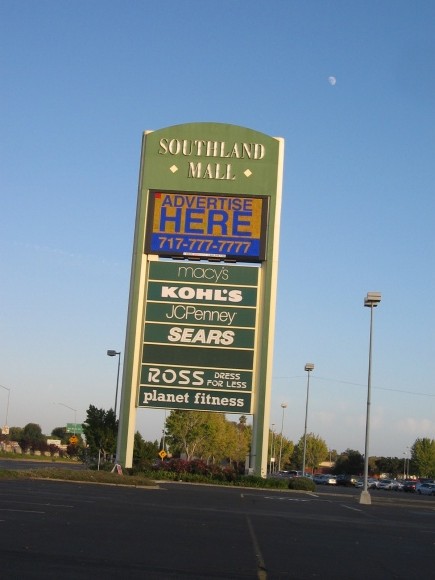
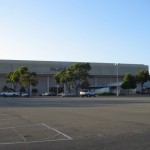
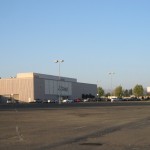
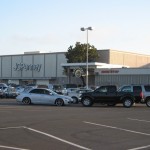
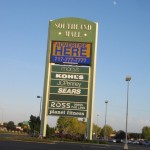
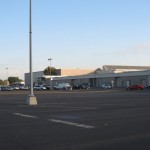
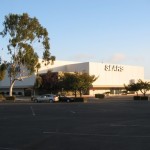
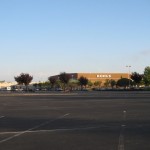
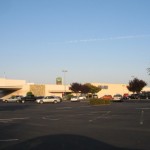
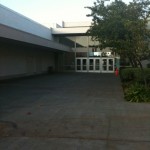
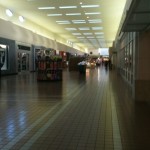
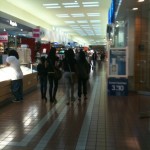
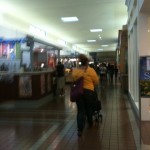
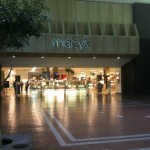
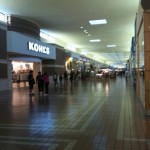
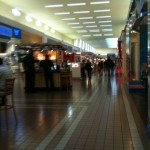
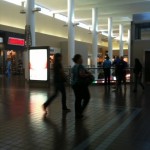
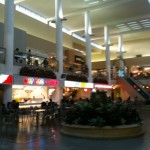
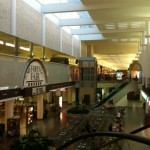
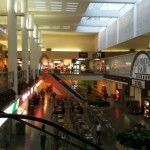
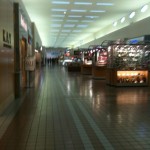
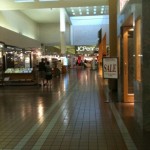
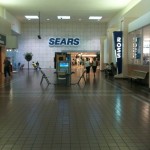
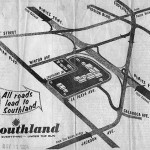
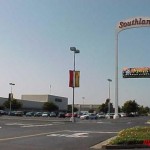

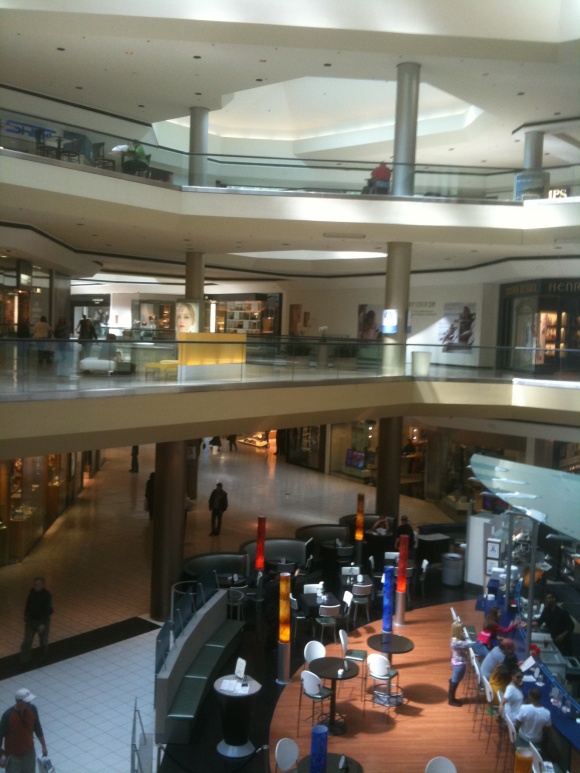

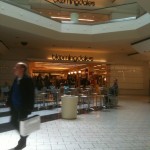
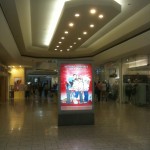
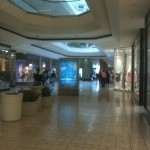
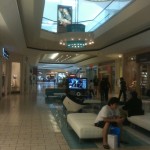
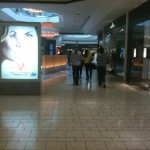
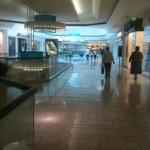
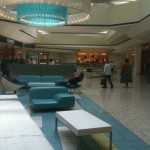
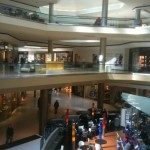
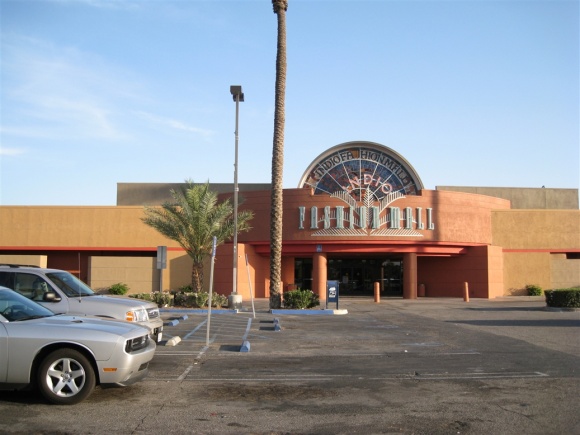 Fiesta Mall is Indio’s enclosed shopping mall, and one of three enclosed malls in the Coachella Valley. It was built in 1974 as Indio Fashion Mall, and aside from minor cosmetic updates has the same layout as it did then. Sears and San Bernardino-based Harris were the original anchors, and a small single-level mallway connected them with only 225,000 square feet of total space. Indio was a much smaller city then, with a population under 20,000, and had a caucasian-majority demographic.
Fiesta Mall is Indio’s enclosed shopping mall, and one of three enclosed malls in the Coachella Valley. It was built in 1974 as Indio Fashion Mall, and aside from minor cosmetic updates has the same layout as it did then. Sears and San Bernardino-based Harris were the original anchors, and a small single-level mallway connected them with only 225,000 square feet of total space. Indio was a much smaller city then, with a population under 20,000, and had a caucasian-majority demographic.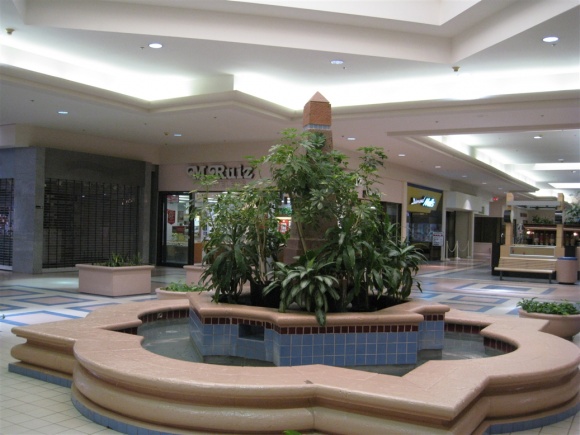
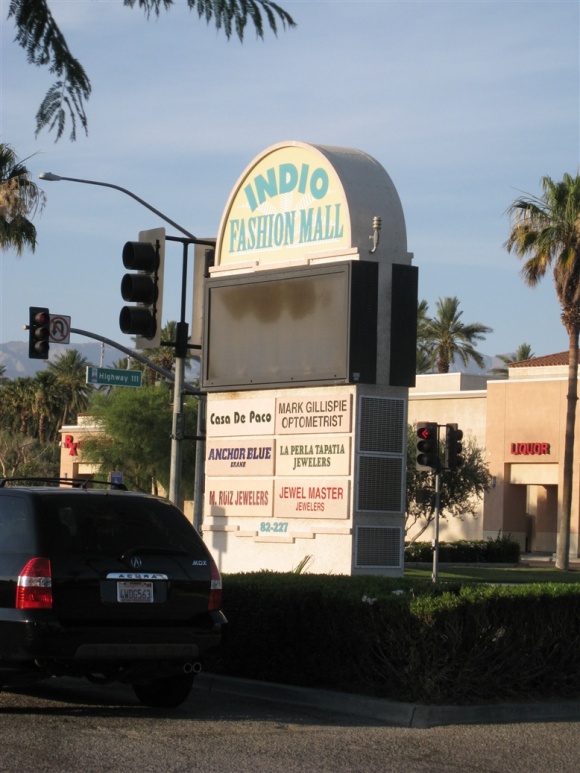
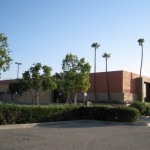
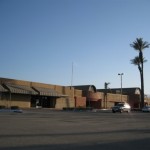
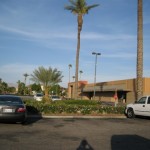
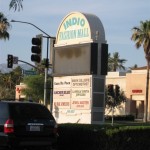
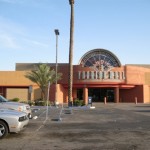
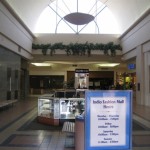
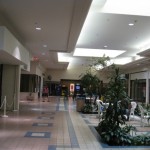
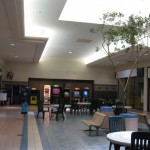
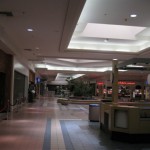
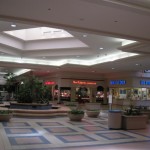
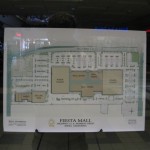
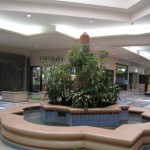
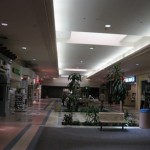
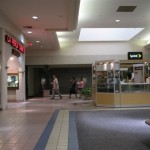
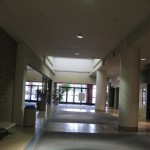
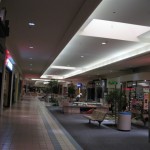
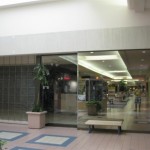
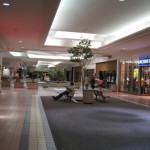
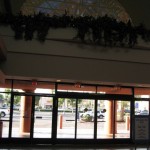
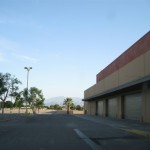
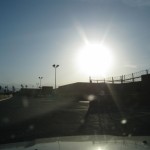
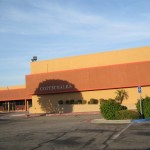
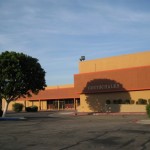
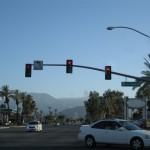

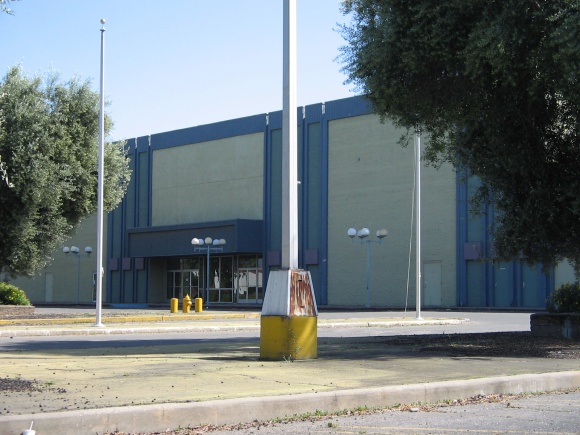
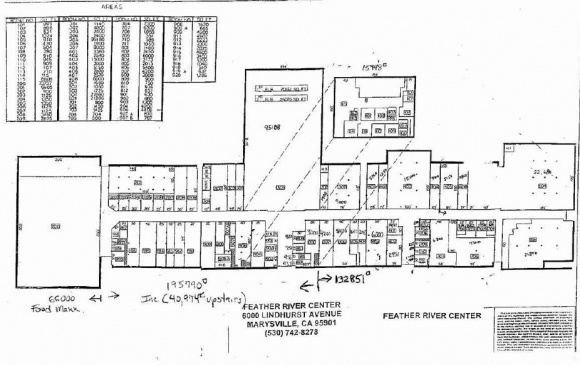
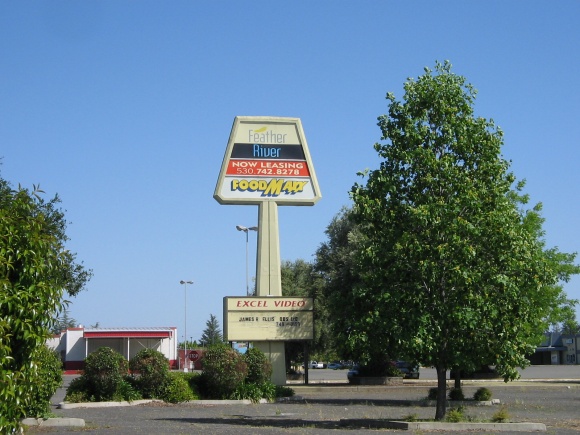
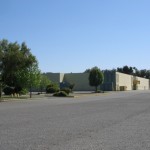
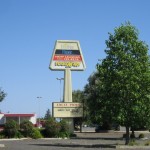
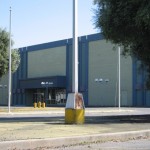
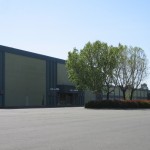
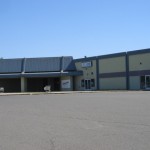
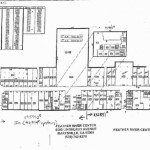
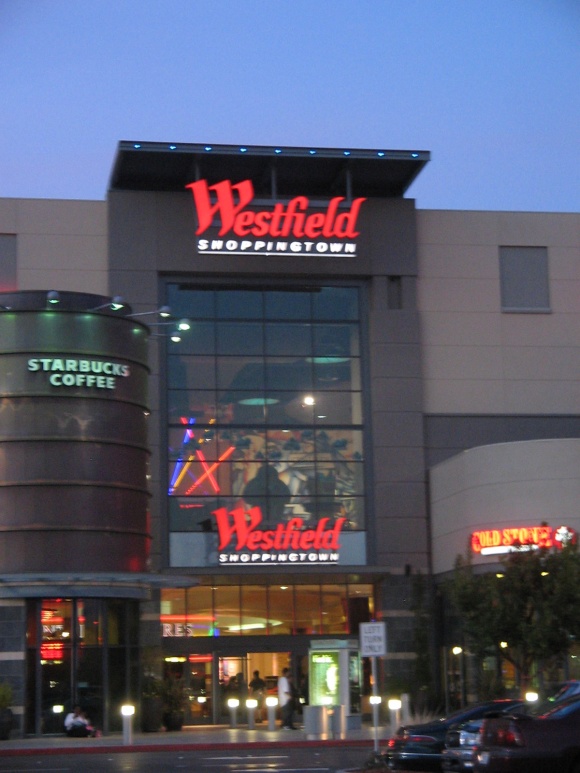
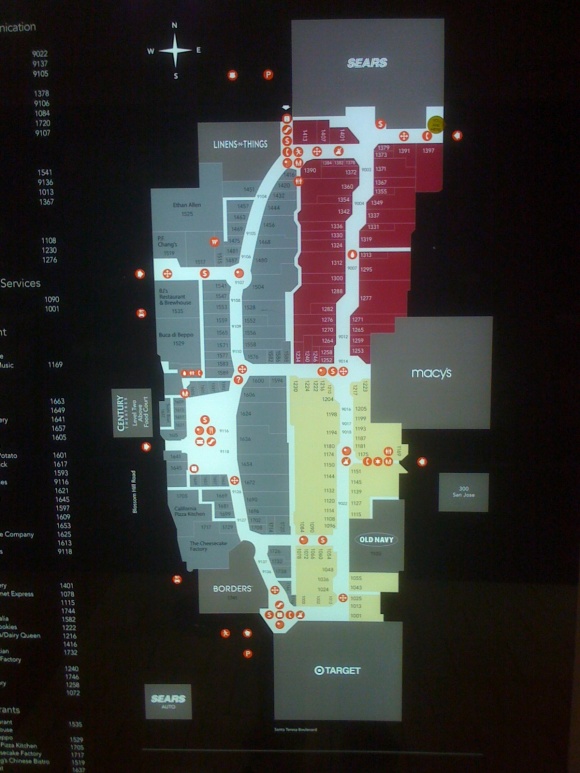
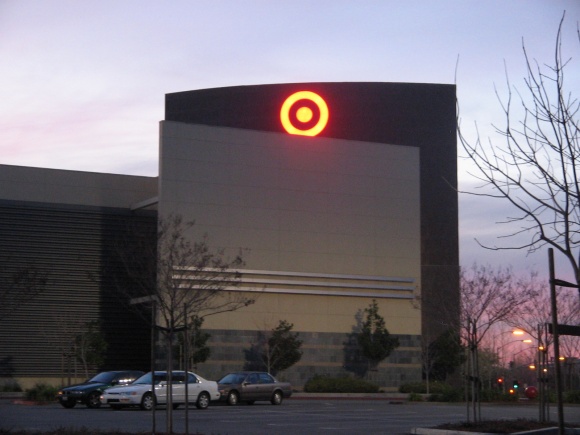
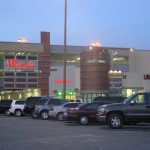
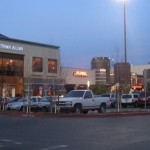
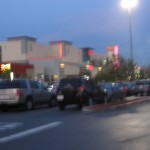
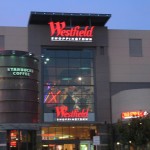
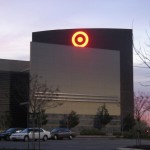
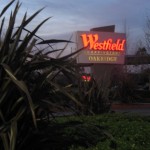
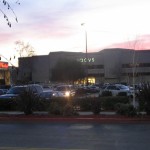
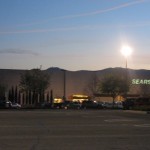
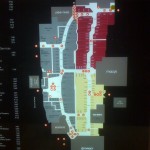
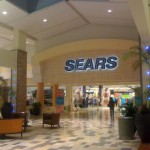
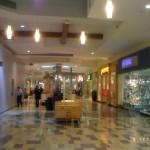
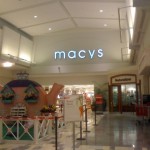
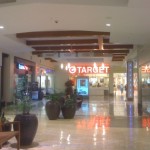
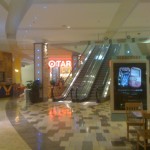
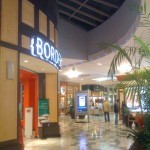
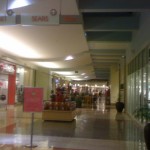
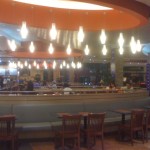
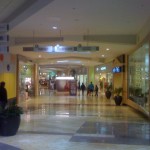
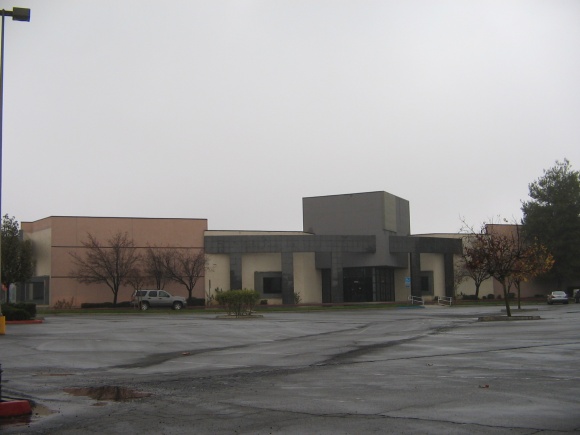 The East Hills Mall in Bakersfield, California is the smaller of the two malls serving this central valley city, and is one of California’s most troubled malls. All of the anchor stores–Harris, Gottschalks, and Mervyn’s–in the 415,000 square foot center have shut, and it serves an area of Bakersfield that is impacted heavily by both crime and the housing crisis of the late 2000s.
The East Hills Mall in Bakersfield, California is the smaller of the two malls serving this central valley city, and is one of California’s most troubled malls. All of the anchor stores–Harris, Gottschalks, and Mervyn’s–in the 415,000 square foot center have shut, and it serves an area of Bakersfield that is impacted heavily by both crime and the housing crisis of the late 2000s.